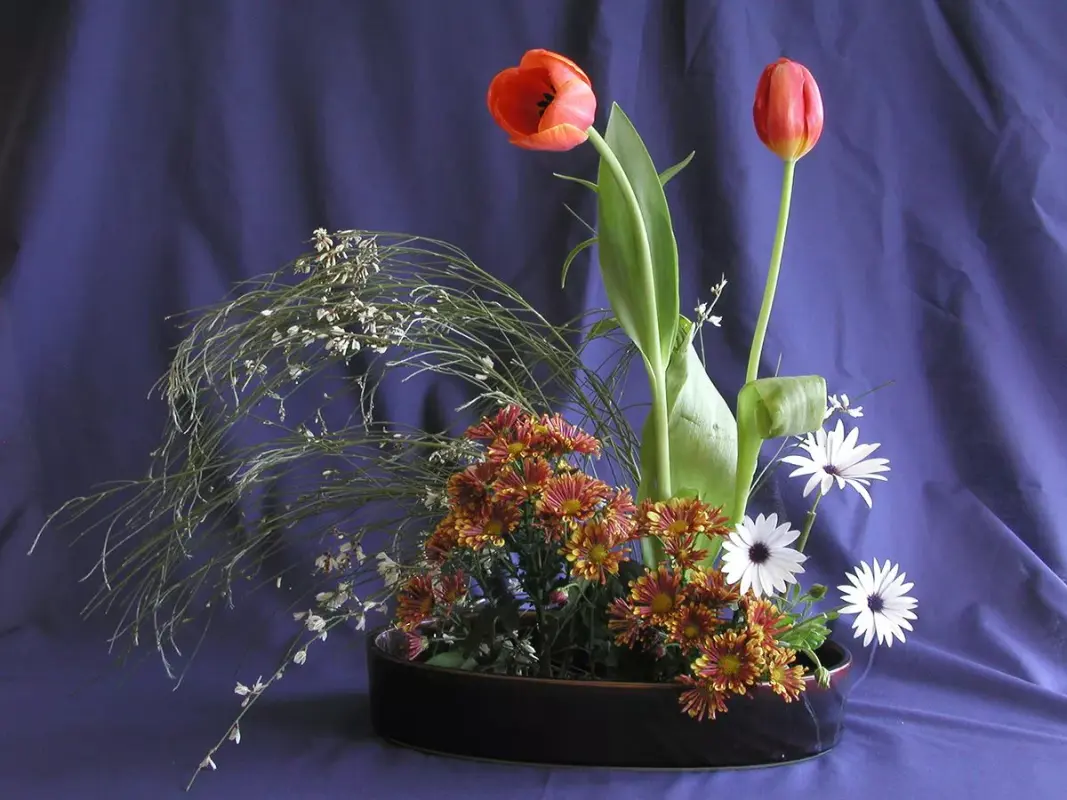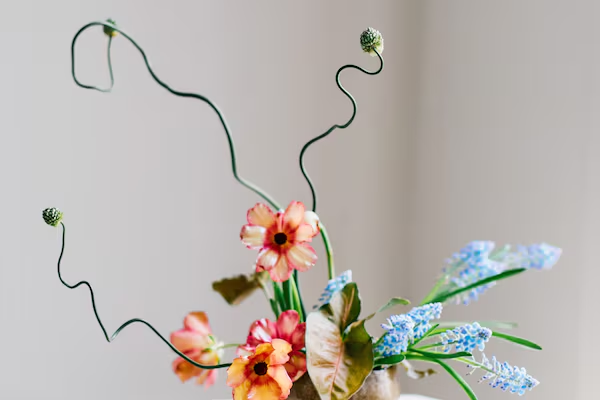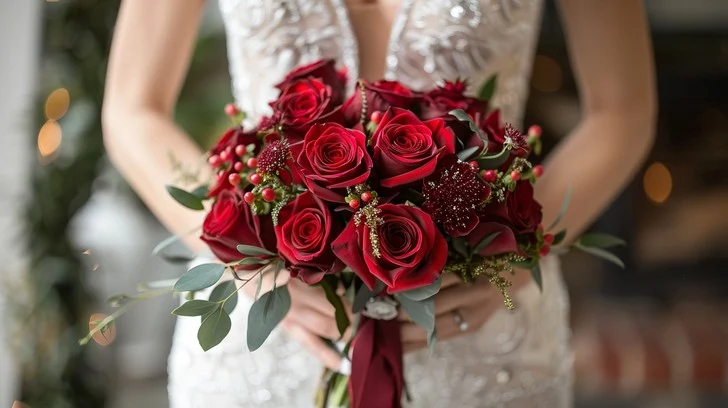Learn about the japanese art of flower arranging nyt in this article, including its history and how it evolved into a living art and philosophy in Japan. You'll love this incredible collection of arrangements and get enlightening learning experiences whether you're new to Ikebana or just seeking inspiration.
What is the significance of Ikebana in Japanese culture?

Although there are no documents about the origins of Kado or Ikebana, it is said to have its roots in Buddhism. According to one idea, the origins of Kado may be traced back to flower offerings made to Buddha or the deceased.
The "iemoto" is the generic term for the representative of the school that carries on the Kado legacy. Senkei Ikenobo, a monk, was the first Ikenobo school leader and the eldest Iemoto. It is clear from this that Kado was somehow associated with Buddhism.
From whence does Ikebana originate?
From its modest origins as japanese art of flower arranging nyt, Ikebana has evolved into a premier example of Japanese art and culture. It is said to have originated when Buddhism was first brought to Japan in the sixth or seventh century. As part of the Shinto religion's ceremonial traditions, flowers were put in front of Buddha statues in ornate arrangements.
Using a blooming branch with poems affixed to the plant to convey respect and feeling became common in the eighth century. Building tokonoma in their apartments to showcase paintings, artifacts, and flower arrangements was a common way for feudal lords to flaunt their riches in the fourteenth century.
Ikebana and other Japanese cultural arts were originally documented in the 15th century under the name Sendensho. It included a series of guidelines on how to design floral arrangements for certain occasions and seasons.
The Buddhist custom of offering flowers at temples is followed by Ikenobo schools, whose name alludes to a lengthy line of priests. With his exquisite flower arrangements, Ikenobo Senkei became known as the first ikebana master. Because of his popularity, a stiff and secular floral arrangement style known as Rikka, or standing flowers, was created. It is composed of seven to nine components, including flowers and tree branches, and is set in a tall, bursting-shaped Chinese vase. Originally meant for temples, these compositions quickly spread to affluent residences and palaces.
What lessons can we take away from Ikebana art?
Ikebana's philosophy is based on an appreciation of beauty, curiosity, and reverence for the natural world. It involves more than just putting flowers in a certain way to make a picture or artwork. It demonstrates how nature and the surrounding area can coexist together.
It takes a combination of perseverance, self-control, and inventiveness to become proficient in Ikebana. This allows one to use floral arrangement to convey a feeling of harmony and the beauty of impermanence. These days, ikebana is also known as kado, or method of flowers, which encapsulates the practice of constant experimentation and education. Let's embody this attitude of seeking a lifetime learning path in spring.
Savor the Ikebana Art Form

It's crucial to enjoy its beauty with your senses, just as with other kinds of art. In this manner, you will comprehend how the japanese art of flower arranging nyt beauty and the seasons. You may comprehend it without using words.
But as was already noted, Ikebana is more than simply a kind of art in which plants are arranged to create a pleasing aesthetic. You will be able to appreciate the artwork even more if you can respect and revere nature and comprehend the artist's heart.
How Do You Make Ikebana Arrangements?
Ikebana was initially intended to be positioned in the Japanese room's tokonoma section. As a result, plans were made to only see it from the front, yet Ikebana is now shown at galleries and museums. As a result, more adaptable tactics and processes have been used to fit the setting (Note: regulations and practices differ per school).
Every school uses japanese art of flower arranging nyt to trim the plants and arrange them in a balanced way in a flower vase, regardless of the variations.




